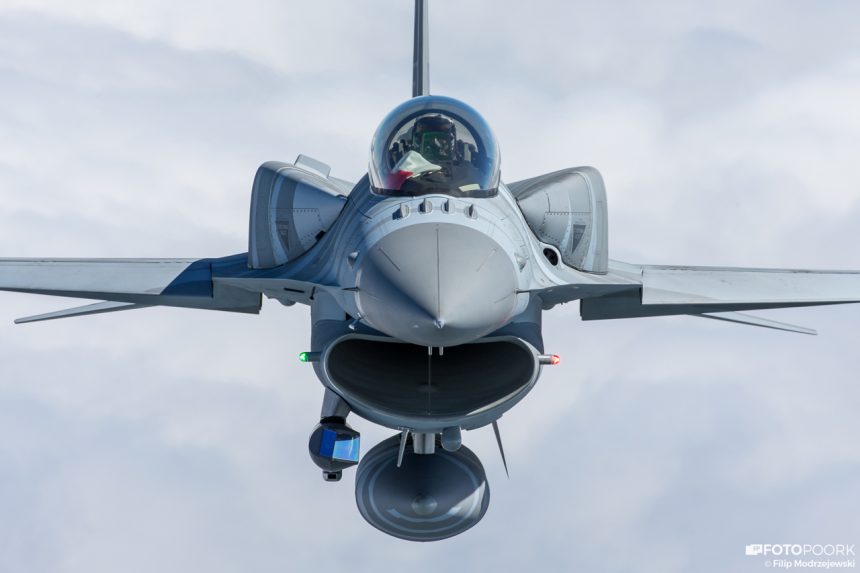Blue Flag is the largest ever aerial exercise in Israel.
Gathering more than 100 aircraft from 8 countries, Exercise Blue Flag 2017, underway at Ovda, in Israel, is the biggest exercise ever organized by the Israeli Air Force. Combat planes from the United States, Greece, Poland, France, Germany, India, Italy and Israel are taking part in the drills.
The main focus of the exercise has been placed on reconnaissance, air-strikes and SEAD operations.
As the Polska Zbrojna outlet reports, Poland has sent six F-16 jets and 120 soldiers to participate in the operation. Starting from Nov. 2. the Polish pilots were involved in briefings, with the first missions scheduled for the subsequent weekend.
The exercise involves large multinational flight-groups with a variety of aircraft types in a classic COMAO scenario. The Polish pilots are stating that the experiences gathered during the operation would be invaluable, with the flights taking place over the whole territory of Israel, over the deserts, the sea, at night and during the day.
One of the issues that the pilots need to get ready for is the fact that the air over the operational theater in Israel would by much more dusty, with a possible impact on operation of the sensors, as one of the Polish pilots, Col. Przemysław Struj, said within his statement for Polska Zbrojna.
Nonetheless the experience is not be entirely new for the Polish crews as the Polish F-16 aircraft have already taken part in a Blue Flag exercise in the past and have supported Operation Inherent Resolve, the US-led air war on ISIS, from Kuwait. However, for some of the pilots the Blue Flag operation will be a first-time flying over the desert. The scenario also assumes usage of means of electronic warfare.
Image Credit: Filip Modrzejewski








